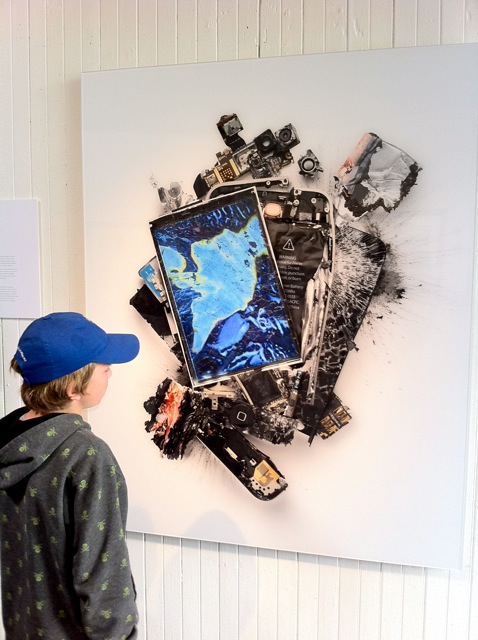While many write about the various ways that the Internet makes us less safe, namely cyberbullying or being attacked by someone you met on Craigslist, it is also important to look at the new possibilities the web creates to ease suffering occurring in the physical world. When the Cyborgology editors recently spoke to WYPR about cyberbullying, we also discussed cybersupport, as is the case of Dan Savage’s It Gets Better YouTube project. The folks at WYPR also pointed us to another interesting example, the Egypt-based Harassmap created by a group of volunteer techno-activists. According to this report [.pdf], 83% of Egyptian women and 98% of female travelers to this country report being harassed. Given the very limited legal recourse for women in Egypt, this online tool is one way to provide voice to the vulnerable.
The map above is a screen-shot from the Harassmp site. Women in Cairo can report incidences of sexual harassment from their mobile phones via text message. The incident that occurred in the physical world is then digitized as a plot on the map using the phone’s GPS. This provides the masses a reality now augmented with a digital layer that seeks to “act as an advocacy, prevention, and response tool, highlighting the severity and pervasiveness of the problem.” The story of social media is not just how it harms people, but also how it helps.
View the map here. More information here (scroll down for English).



